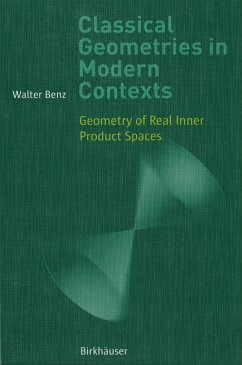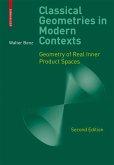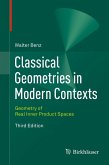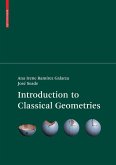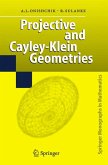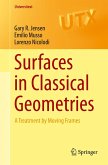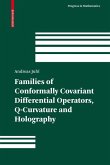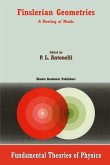Dieser Download kann aus rechtlichen Gründen nur mit Rechnungsadresse in A, B, BG, CY, CZ, D, DK, EW, E, FIN, F, GR, HR, H, IRL, I, LT, L, LR, M, NL, PL, P, R, S, SLO, SK ausgeliefert werden.
Review of the 2nd edition by O. Röschel (Graz)
Internationale Mathematische Nachrichten Nr. 212, Dez. 2009
[...] The book on the one hand brings together many elder results scattered through the literature and on the other hand leads to the frontier of research. Thus it is highly welcomed and can be recommended warmly to anyone interested in this topic.
Review of the first edition by G. Kowol, Vienna
Monatshefte für Mathematik Vol. 150, No. 3/2007
"... The mathematical prerequisites are minimal - the rudiments of linear algebra suffice - and all theorems are proved in detail. Following the proofs does not involve more than following the lines of a computation, and the author makes every effort to avoid referring to a synthetic geometric understanding, given that he aims at attracting readers with a distaste for synthetic geometry, which, given the academic curricula of the past decades, represent the overwhelming majority of potential readers of any mathematical monograph. One of the lessons of this monograph is that there is a coordinate-free analytic geometry, which significantly simplifies computations and frees the mind from redundant assumptions. the author makes every effort to avoid referring to a synthetic geometric understanding, given that he aims at attracting readers with a distaste for synthetic geometry, which, given the academic curricula of the past decades, represent the overwhelming majority of potential readers of any mathematical monograph. One of the lessons of this monograph is that there is a coordinate-free analytic geometry, which significantly simplifies computations and frees the mindfrom redundant assumptions. ..."
Review of the first edition by Victor V. Pambuccian, Mathematical Reviews 2006

